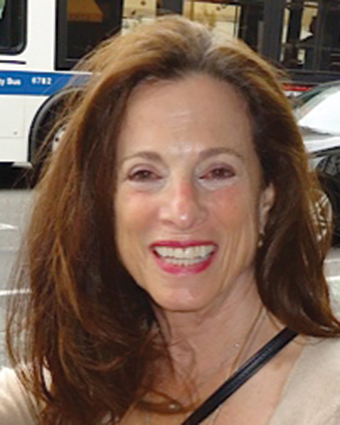Despite what you continuously read about the demise of brick and mortar retail, it is not necessarily true. All generations of shoppers are purchasing at physical stores, and as noted always key spenders are Boomers and Millennials, but the affluent from all generations favor stores in urban locations.
As in the past, retail is aggressively responding to profit from this new dynamic. For example:
• Developers are now actively looking for urban street locations; • Large retail chains; e.g., Target, Wal-Mart, Lowes are creating formats to fit older, smaller urban spaces; • Flagship stores; e.g., Uniqlo, H&M, Zara, are taking prime real estate on prestige shopping streets; • New Internet retailers are opening stores in city centers; e.g., Ministry of Supply, Warby Parker; and • Entrepreneurs are spawning new retail concepts for their own neighborhood commercial districts.
All of this points to unparalleled opportunities for cities to improve their retail districts and benefit from the new economy, particularly for metropolises like Boston which already have the vibes, a well-heeled market base, and existing infrastructure.
So what is Boston doing to take advantage of this auspicious retail opportunity? The answer is, “not much.”
The BRA recently released an RFP for a master plan for the city of Boston with almost no mention of retail. So, planning for the best possible retail development for downtown and neighborhood commercial centers will likely not be adequately addressed.
If retail planning could be incorporated here are a few of the key issues awaiting updates to bring home this moment in retail real estate:
• Rethink zoning and other regulatory directives to support the new retail formats; • Update parking requirements and permitting for retail districts accessible by mass transit; • Change best practices for new tenants and rental structures to keep neighborhood retail districts appealing to new residents, e.g. artists residences, studio and shop combinations; • Expand requirements for first floor retail to encourage local retailers; • Plan for integration of food trucks and other pop up retail and services into busy urban streets; and • Protect existing neighborhood retailers to balance gentrification.
Now is the moment for Boston. Will it realize its retail potential?
Carol Todreas is a principal at Todreas Hanley Associates, Cambridge, Mass.









